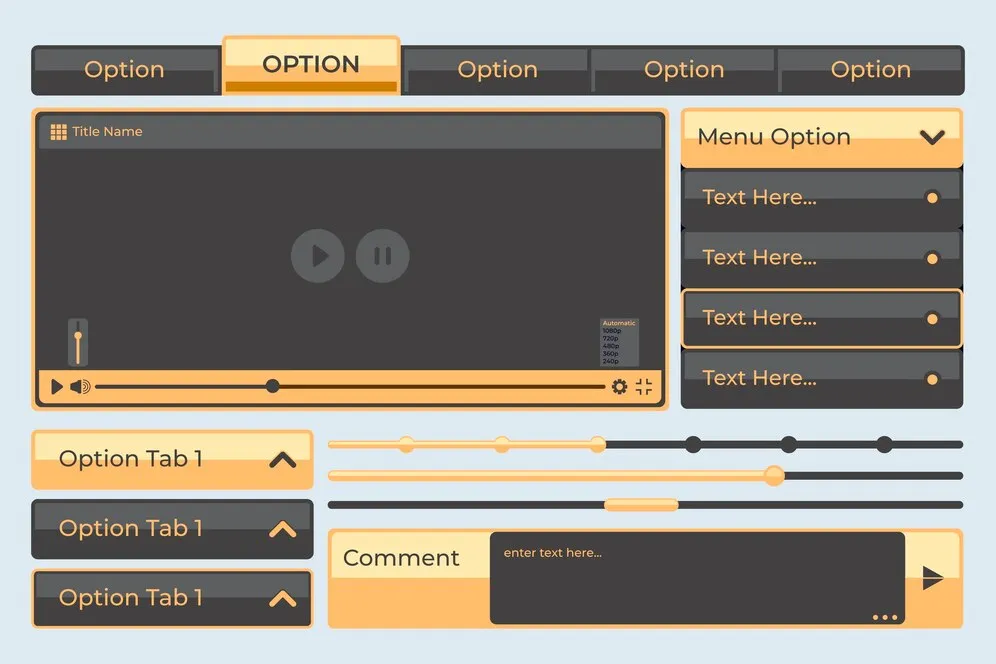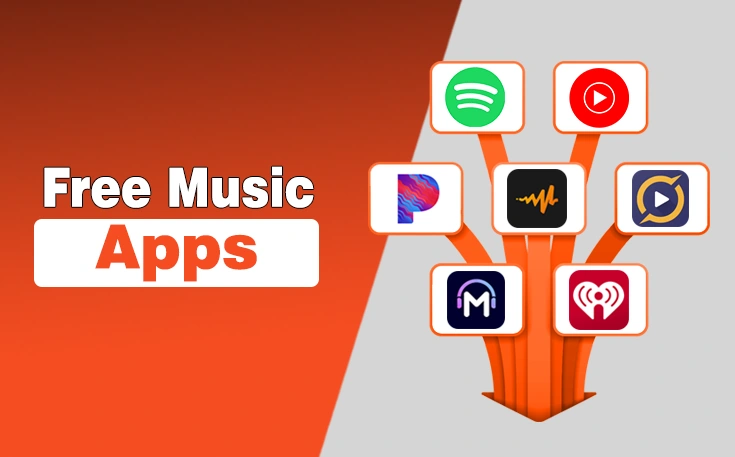UX designers are increasingly using interface replays as a source of inspiration because they offer a direct, visual representation of user behavior and interactions.
Replays provide insights into how users actually interact with interfaces that revealing potential usability issues, user flow patterns, and opportunities for improvement. This data-driven approach helps designers move beyond assumptions and create more user-centered designs.
But why UX designers are turning to interface replays? Here’s a more detailed look at why interface replays are gaining popularity and why designers are adopting them.
What is Interface Replays?
Interface Replays is an increasingly popular method among designers, which is called the act of watching screen recordings of user flows from real products. This approach offers something traditional design galleries don’t—context. And one service quietly changing how designers learn and create through this method is Pageflows.
Pageflows is not a household name outside of design circles, but its influence is quietly growing. The platform offers a rich archive of real-world user flow videos from apps and websites across industries.

Why Static Screenshots Aren’t Enough Anymore
Design inspiration websites have long relied on static images to showcase beautiful interfaces. While these collections serve a purpose, they often miss the nuance of how users actually interact with those interfaces. Seeing a stunning checkout page is one thing—understanding how a user gets there, what happens before and after, and how transitions are handled is entirely different.
This is where UI replay platforms like Pageflows come in. Instead of offering a snapshot, they deliver the story. Designers can observe how onboarding flows welcome users, how mobile apps manage complex interactions, or how subtle animations influence engagement. This type of learning is deeply contextual, helping UX professionals grasp not just design, but intent and execution.
When studying ui design examples, the difference between static and dynamic reference points can be the difference between imitation and innovation. Motion, pacing, and decision paths become clear only when you can see them in action.
Why UX Designers Are Turning to Interface Replays? 4 Reasons
Here are the key reasons to know that UX designers are turning to interface replays.
1. The Rise of “Reverse-UX Engineering”
Watching interface flows is slowly forming a sub-discipline in design circles: reverse-UX engineering. Much like reverse engineering in software, it involves deconstructing what others have built—not to copy, but to understand. Designers use replay tools to identify patterns, behaviors, and pain points that might not be obvious in static wireframes or case studies.
A designer might, for example, watch three different e-commerce flows for mobile checkout. By observing when users pause, which micro-interactions appear, or how menus respond to error states, they start seeing UX not as theory, but as strategy. Over time, this practice builds what some call “UX muscle memory.”
Platforms like Pageflows provide hundreds of these opportunities. From fintech to fitness apps, each video reveals not just design choices but the rationale behind them. It’s one thing to read about best practices; it’s another to watch them unfold, mistake-free or not, in the wild.
2. Real-Time Learning for Real-Time Problems
One of the biggest challenges in UI/UX today is keeping up with evolving user expectations. What worked a year ago may now feel dated or clunky. The replay method provides an antidote to outdated playbooks—it lets designers see how leading products respond to the same issues they face.
Need to design a subscription flow that reduces drop-off? There’s likely a video of a top app doing exactly that. Struggling with a clean onboarding experience for a SaaS tool? Watching others solve it in real time gives you actionable insights faster than reading a blog or skimming a design manual.
Some of the most referenced ui design examples in replay tools come from high-performance apps known for usability: Airbnb, Revolut, Duolingo. Seeing how these apps handle edge cases, onboarding hesitations, or even loading states offers priceless insight for designers trying to do more with less.
3. UI Replays as a Collaboration Bridge
UI/UX design doesn’t happen in a vacuum. Designers must constantly collaborate with product managers, developers, marketers, and stakeholders—many of whom don’t speak the language of design fluently. Interface replays offer a visual bridge. They help cross-functional teams align around what “good UX” actually looks and feels like.
Rather than explaining a concept or just sharing a Figma board, a designer can pull up a Pageflows video and say, “We want something like this.” It grounds the conversation in shared understanding and makes discussions more productive and evidence-based.
This approach also enhances onboarding for junior designers. By watching curated ui design examples in action, newcomers quickly absorb best practices without being overwhelmed by theory or vague advice. It’s mentorship via observation—a simple but effective learning model.
4. Not Just Copying—Creating Better
A common critique of visual design libraries is that they promote cloning rather than creativity. But interface replays flip that concern on its head. Because you’re watching flows unfold in a narrative sequence, you gain insight into the why—not just the what. That difference pushes designers to adapt ideas to their own context, not simply reproduce what’s trendy.
In this way, replay tools like Pageflows help foster more thoughtful design. They encourage analysis: Why did this flow work? What makes this error state effective? Why did the designer choose this transition timing? The result is a deeper form of inspiration that’s rooted in function as much as form.
When used correctly, ui design examples in replay form don’t limit creativity—they unlock it. They show that good design is less about copying a pretty layout and more about solving the right problem in the right way.
Conclusion: A New Lens on UX Mastery
Interface replays offer a surprisingly human dimension to UX research. You’re not just looking at a design—you’re witnessing a digital story unfold. In a landscape flooded with theoretical advice, this shift toward observational learning is refreshing. It reminds us that design is more than pixels—it’s practice, movement, and flow.
As more designers adopt this approach, tools like Pageflows may well become standard in UX toolkits—not as a replacement for prototyping or testing, but as a complement to them. For those who want to design with purpose, not just polish, watching the work of others in action may be the best teacher of all.





